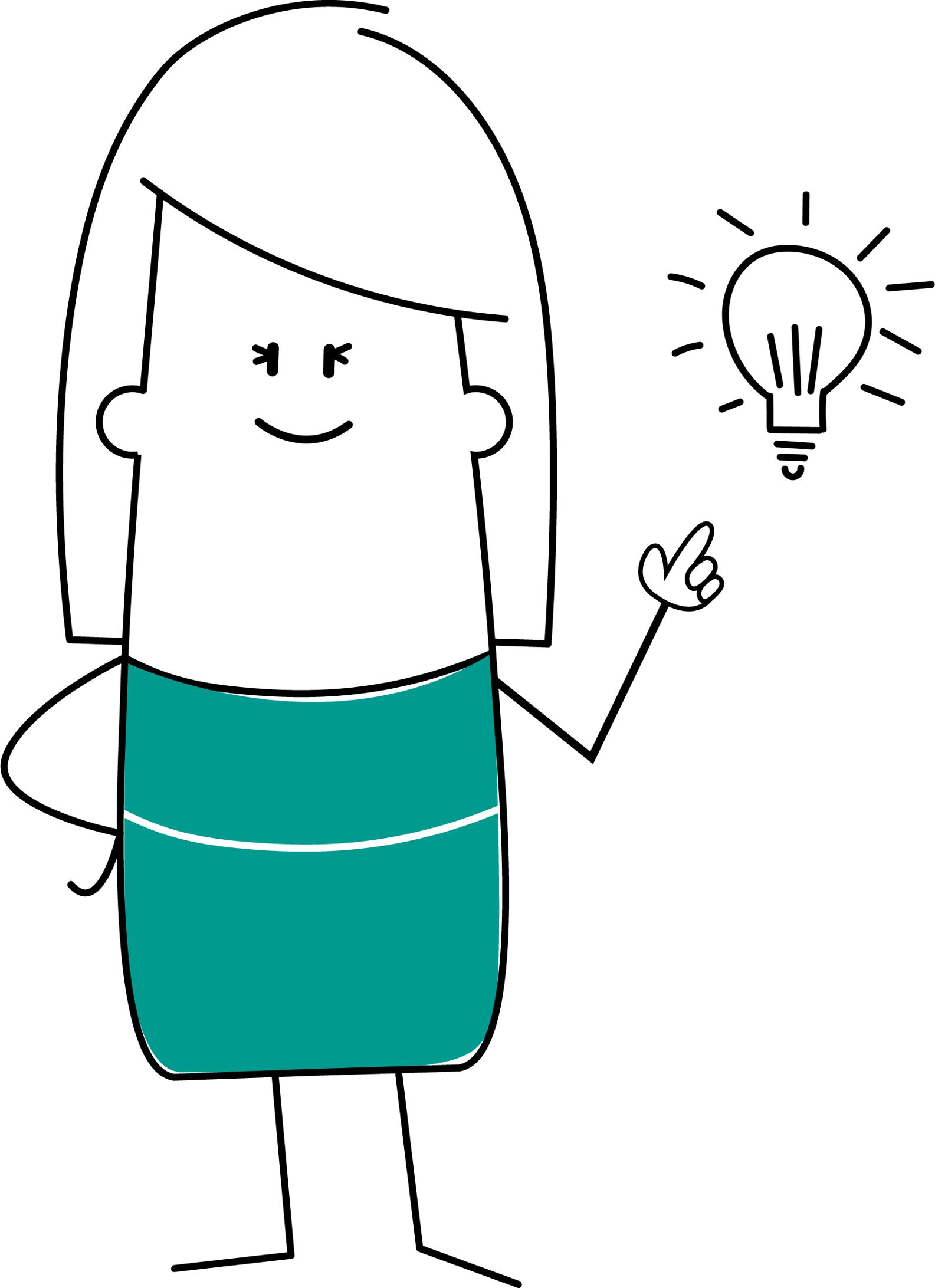3.7: Financial Models
Learning Objectives
- Use compound interest formula.
- Use the continuous growth/decay formulas.
Compound Interest
Introduction:
Getting Rich the Slow, Boring Way
Many U.S. citizens can accumulate a large amount of wealth during their lifetimes, if they make two key choices. The first is to complete additional education and training. In 2020, the Bureau of Labor Statistics reported median weekly usual earnings for full-time wage and salary workers age 25 and over that corresponded to annual income of $40,612 for those with a high school diploma, $48,776 for those with a two-year associate degree, and $67,860 for those with a four-year bachelor’s degree. Learning is not only good for you, but it pays off financially, too.
The second key choice is to start saving money early in life, and to give the power of compound interest a chance. Imagine that at age 25, you save $3,000 and place that money into an account that you do not touch. In the long run, it is not unreasonable to assume a 7% real annual rate of return (that is, 7% above the rate of inflation) on money invested in a well-diversified stock portfolio. After 40 years, using the formula for compound interest, the original $3,000 investment will have multiplied nearly fifteen fold:
[latex]3,000\left(1+.70\right)^{40}=\$44,923[/latex]
Having $45,000 does not make you a millionaire. Notice, however, that this tidy sum is the result of saving $3,000 exactly once. Saving that amount every year for several decades—or saving more as income rises—will multiply the total considerably. This type of wealth will not rival the riches of Microsoft CEO Bill Gates, but remember that only half of Americans have any money in mutual funds at all. Accumulating hundreds of thousands of dollars by retirement is a perfectly achievable goal for a well-educated person who starts saving early in life—and that amount of accumulated wealth will put you at or near the top 10% of all American households. The following Work It Out feature shows the difference between simple and compound interest, and the power of compound interest.
Simple and Compound Interest
Simple interest is an interest rate calculation only on the principal amount.
Step 1: Learn the formula for simple interest:
[latex]Principal\times Rate\times Time=Interest[/latex]
Step 2: Practice using the simple interest formula.
Example 1: $100 Deposit at a simple interest rate of 5% held for one year is:
[latex]\$100\times0.05\times1=\$5[/latex]
Simple interest in this example is $5.
Example 2: $100 Deposit at a simple interest rate of 5% held for three years is:
[latex]\$100\times0.05\times3=\$15[/latex]
Simple interest in this example is $15.
Step 3: Calculate the total future amount using this formula:
[latex]Total\;future\;amount=principal+interest[/latex]
Step 4: Put the two simple interest formulas together.
[latex]Total\;future\;amount\;(with\;simple\;interest)=Principal+(Principal\times Rate\times Time)[/latex]
Step 5: Apply the simple interest formula to our three year example.
[latex]Total\;future\;amount\;(with\;simple\;interest)=\$100+(\$100\times0.05\times3)=\$115[/latex]
Compound interest is an interest rate calculation on the principal plus the accumulated interest.
Step 6: To find the compound interest, we determine the difference between the future value and the present value of the principal. This is accomplished as follows:
[latex]Future\;Value=Principal\;\times\;{(1\;+\;interest\;rate)}^{time}[/latex]
[latex]Compound\;interest=Future\;Value–Present\;Value[/latex]
Step 7: Apply this formula to our three-year scenario. Follow the calculations in
| Year 1 | |
|---|---|
| Amount in Bank | $100 |
| Bank Interest Rate | 5% |
| Total | $105 |
| $100 + ($100 × 0.05) | |
| Year 2 | |
| Amount in Bank | $105 |
| Bank Interest Rate | 5% |
| Total | $110.25 |
| $105 + ($105 × .05) | |
| Year 3 | |
| Amount in Bank | $110.25 |
| Bank Interest Rate | 5% |
| Total | $115.75 |
| $110.25 + ($110.25 × .05) | |
| Compound interest | $115.76 – $100 = $15.76 |
Step 8: Note that, after three years, the total is $115.76. Therefore the total compound interest is $15.76. This is $0.76 more than we obtained with simple interest. While this may not seem like much, keep in mind that we were only working with $100 and over a relatively short time period. Compound interest can make a huge difference with larger sums of money and over longer periods of time.
Use compound interest formula
Savings instruments in which earnings are continually reinvested, such as mutual funds and retirement accounts, use compound interest. The term compounding refers to interest earned not only on the original value, but on the accumulated value of the account.
The annual percentage rate (APR) of an account, also called the nominal rate, is the yearly interest rate earned by an investment account. The term nominal is used when the compounding occurs a number of times other than once per year. In fact, when interest is compounded more than once a year, the effective interest rate ends up being greater than the nominal rate! This is a powerful tool for investing.
We can calculate the compound interest using the compound interest formula, which is an exponential function of the variables [latex]time\;t,\;principal\;P,\;APR\;r,[/latex] and number of compounding periods in a year [latex]n[/latex]:
[latex]A\left(t\right)=p\left(1+\frac rn\right)^{nt}[/latex]
Compound interest can be calculated using the formula
[latex]A\left(t\right)=p\left(1+\frac rn\right)^{nt}[/latex]
where
- [latex]A(t)[/latex] is the account value,
- [latex]t[/latex] is measured in years,
- [latex]P[/latex] is the starting amount of the account, often called the principal, or more generally present value,
- [latex]r[/latex] is the annual percentage rate (APR) expressed as a decimal, and
- [latex]n[/latex] is the number of compounding periods in one year.
In problems involving interest, the term payment period is defined as follows:
| Annually: | Once per year | Monthly: | 12 times per year |
| Semiannually: | Twice per year | Daily: | 365 times per year* |
| Quarterly: | Four times per year |
Example 3.7-1-1: Calculating Compound Interest
If we invest $3,000 in an investment account paying 3% interest compounded quarterly, how much will the account be worth in 10 years?
 Key
Key
Example 3.7-1-1: Calculating Compound Interest
If we invest $3,000 in an investment account paying 3% interest compounded quarterly, how much will the account be worth in 10 years?
Solution
Because we are starting with [latex]$3,000,[/latex] [latex]P=3000[/latex]. Our interest rate is 3%, so [latex]r=0.03[/latex]. Because we are compounding quarterly, we are compounding 4 times per year, so [latex]n=4[/latex]. We want to know the value of the account in 10 years, so we are looking for [latex]A(10)[/latex], the value when [latex]t=10[/latex].
[latex]A\left(t\right)=P\left(1+\frac rn\right)^{nt} Use\;the\;compound\;interest\;formula.[/latex]
[latex]A\left(10\right)=3000\left(1+\frac{0.03}4\right)^{4.10} Substitute\;u\sin g\;given\;values.[/latex]
[latex]\approx\$4045.05 Round\;to\;two\;decimal\;places.[/latex]
The account will be worth about $4,045.05 in 10 years.
 Your Turn
Your Turn
Practice 3.7-1-1
Simple and Compound Interest
Investigating Continuous Growth
So far we have worked with rational bases for exponential functions. For most real-world phenomena, however, e is used as the base for exponential functions. Exponential models that use [latex]e[/latex] as the base are called continuous growth or decay models. We see these models in finance, computer science, and most of the sciences, such as physics, toxicology, and fluid dynamics.
The Continuous Growth/Decay Formula
For all real numbers [latex]t[/latex], and all positive numbers [latex]a[/latex] and [latex]r[/latex], continuous growth or decay is represented by the formula
[latex]A\left(t\right)=ae^{rt}[/latex]
where
- [latex]a[/latex] is the initial value,
- [latex]r[/latex] is the continuous growth rate per unit time,
- and [latex]t[/latex] is the elapsed time.
If [latex]r>0[/latex], then the formula represents continuous growth. If [latex]r<0[/latex], then the formula represents continuous decay. For business applications, the continuous growth formula is called the continuous compounding formula and takes the form
[latex]A\left(t\right)=Pe^{rt}[/latex]
- [latex]P[/latex] is the principal or the initial invested,
- [latex]r[/latex] is the growth or interest rate per unit time,
- and [latex]t[/latex] is the period or term of the investment.
Steps
Given the initial value, rate of growth or decay, and time [latex]t[/latex], solve a continuous growth or decay function.
- Use the information in the problem to determine [latex]a[/latex], the initial value of the function.
- Use the information in the problem to determine the growth rate [latex]r[/latex].
- If the problem refers to continuous growth, then [latex]r>0[/latex].
- If the problem refers to continuous decay, then [latex]r<0[/latex].
- Use the information in the problem to determine the time [latex]t[/latex].
- Substitute the given information into the continuous growth formula and solve for [latex]A(t)[/latex].
Example 3.7-2-1: Calculating Continuous Growth
A person invested $1,000 in an account earning a nominal 10% per year compounded continuously. How much was in the account at the end of one year?
 Key
Key
Example 3.7-2-1: Calculating Continuous Growth
A person invested $1,000 in an account earning a nominal 10% per year compounded continuously. How much was in the account at the end of one year?
Solution
Since the account is growing in value, this is a continuous compounding problem with growth rate [latex]r=0.10[/latex]. The initial investment was $1,000, so [latex]P=1000[/latex]. We use the continuous compounding formula to find the value after [latex]t=1[/latex] year:
[latex]A\left(t\right)=Pe^{rt} Use\;the\;continuous\;compounding\;formula.[/latex]
[latex]=1000\left(e\right)^{rt} Substitute\;known\;values\;for\;P,\;r,\;and\;t.[/latex]
[latex]\approx1105.17 Use\;a\;calculator\;to\;approximate.[/latex]
The account is worth $1,105.17 after one year.
 Your Turn
Your Turn
Practice 3.7-2-1
Licenses and Attribution
CC Licensed Content
- Principles of economics-3e by Steven A. Greenlaw, David Shapiro, Daniel MacDonald is licensed CC BY. Access for free.
- College-algebra-2e by Jay Abramson is licensed CC BY. Access for free.

